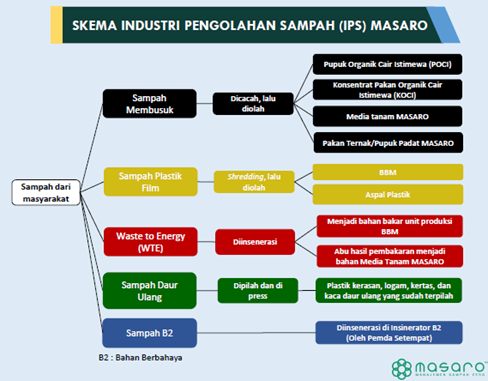SBM ITB Talks: A Guide to Starting Investments from Scratch
By M. Naufal Hafizh, S.S.
Editor M. Naufal Hafizh, S.S.

BANDUNG, itb.ac.id - Recently, investing has become a popular hobby, particularly among Gen Zs. However, new investors tend to fail because they follow trends or influencers without understanding the necessary foundational steps for successful investing.
To address this issue, the latest episode of SBM ITB Talks offers a comprehensive guide to begin an investment journey. The episode features insights from Atika Irawan, M.Sc., a Finance Lecturer at SBM ITB, and Dr. R. Aswin Rahadi, S.T., M.B.A., a member of the Business Risk and Finance Interest Group at SBM ITB.
A critical initial step in investing is understanding one's risk profile. An investment risk profile indicates how much risk an investor is able to tolerate.
"Each person has a unique risk profile influenced by factors such as age, background, and education. There are risk-averse individuals who are relatively conservative, risk-neutral individuals who are willing to take risks but still cautious about their initial investment, and risk-takers who are willing to take on high-risk investments. Understanding one's risk tolerance is essential for making investment decisions," explained Atika.
Investments can be made in various forms, such as deposits, bonds, mutual funds, gold, property, stocks, and more. Each type of investment has distinct characteristics and potential returns.
"Deposits are low-risk and low-return products. Deposits can help protect money from inflation. Bonds are debt securities issued by governments or companies, offering interest and the initial investment. Meanwhile, mutual funds, which carry higher risk, can be further categorized based on their risk levels, from the lowest, which is money market funds, to fixed income funds, balanced funds, and equity funds," said Dr. Aswin.
In addition to aligning with one's risk profile, selecting investment products should also consider one's financial goals. These goals can often be achieved through a combination of different products.
Diversification, or spreading investments across various asset types, is a key strategy for managing risk due to market fluctuations. "The goal is not to achieve the maximum return but rather an optimal return. Maximum returns often come with high risk, but optimal returns can be pursued with manageable risks to achieve desired outcomes," Dr. Aswin added.
Using financial planning services can also assist investors in developing strategies aligned with their long-term financial goals and managing them more effectively.
You can watch the episode of SBM Talks on the SBM ITB YouTube channel.
Reporter: Erika Winfellina Sibarani (Mathematics, 2021)
Translator: Hanifa Juliana (Urban and Regional Planning, 2020)
Editor: Ayesha Lativa Mafaza (Postharvest Technology, 2021)

.jpg)
.jpg)
.png)
.jpg)
.jpg)



